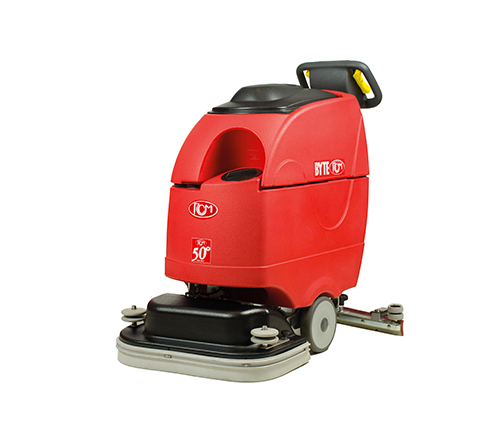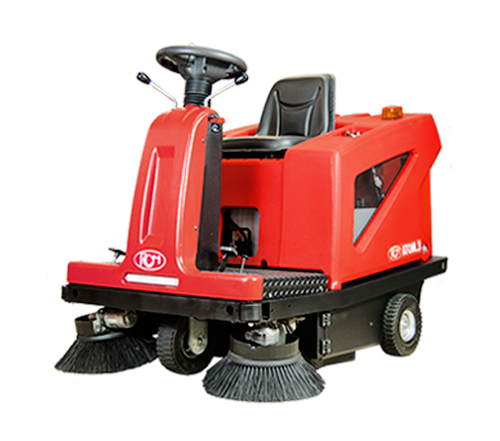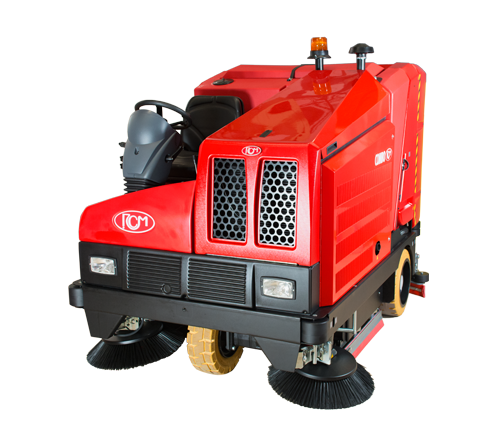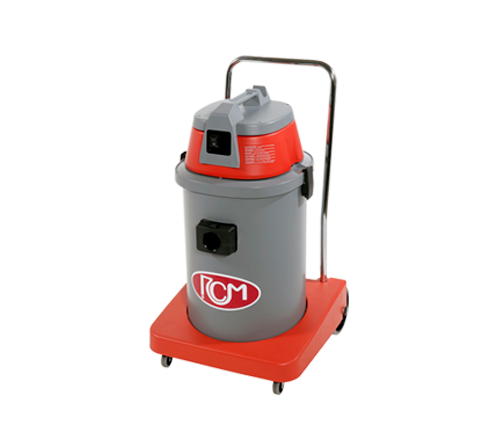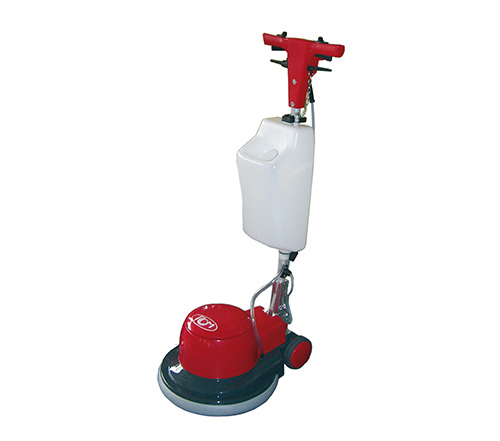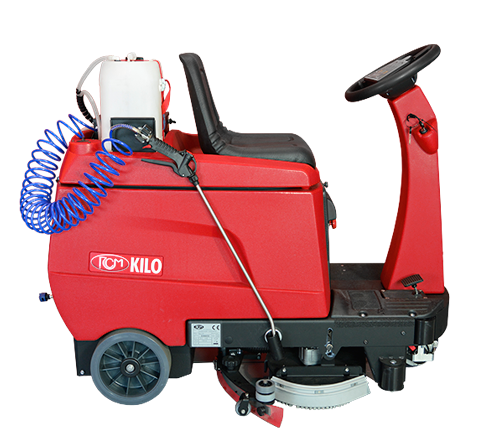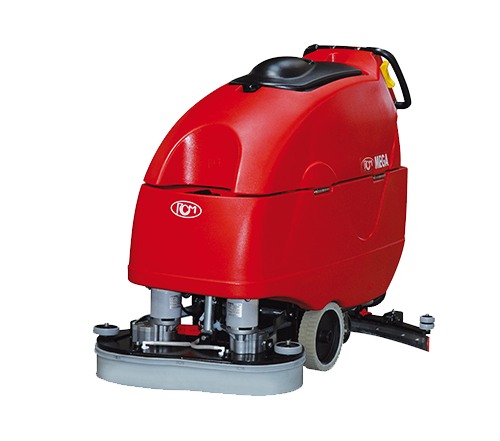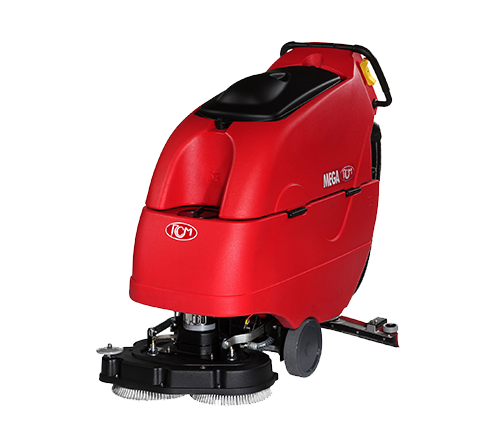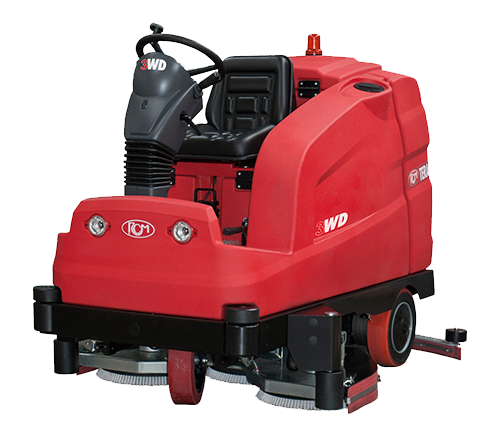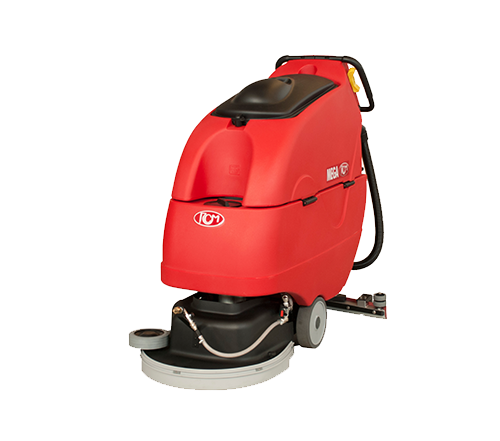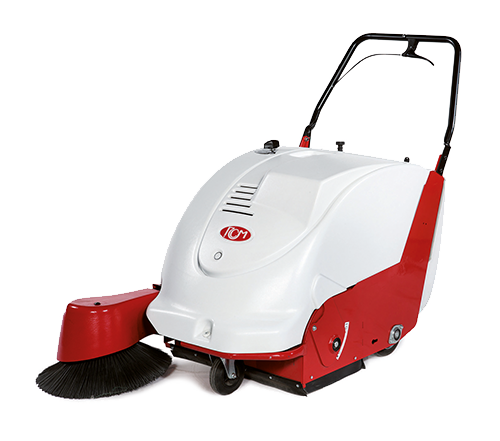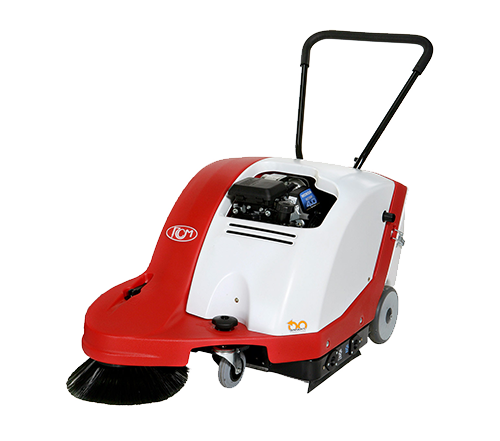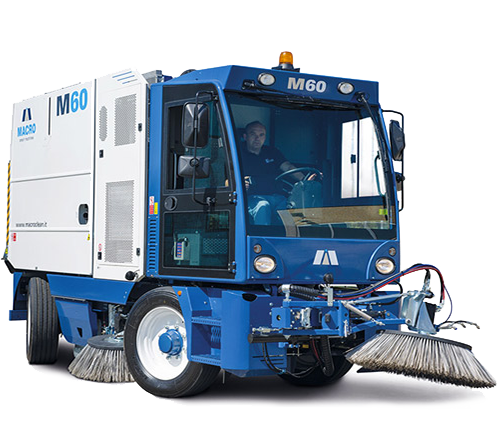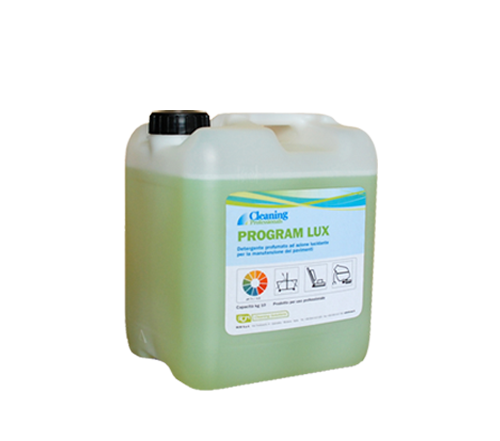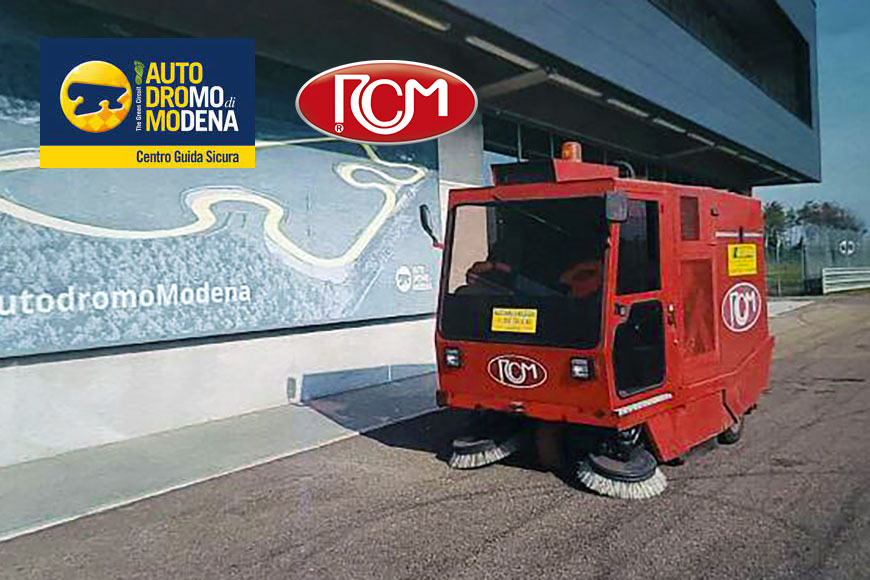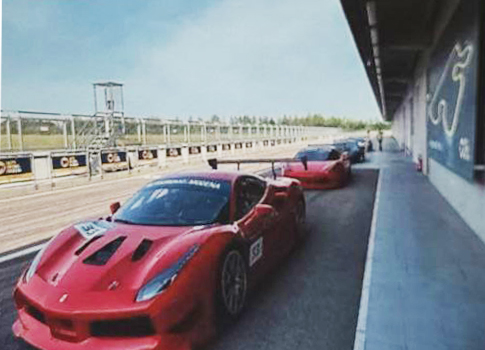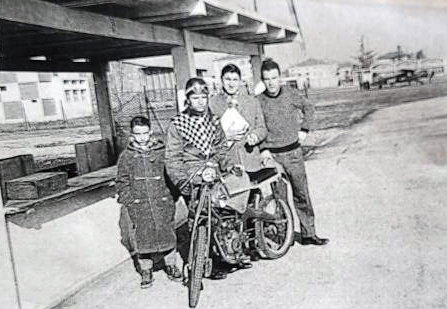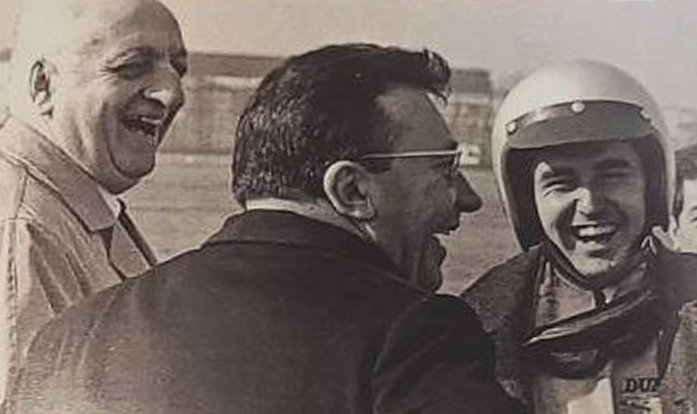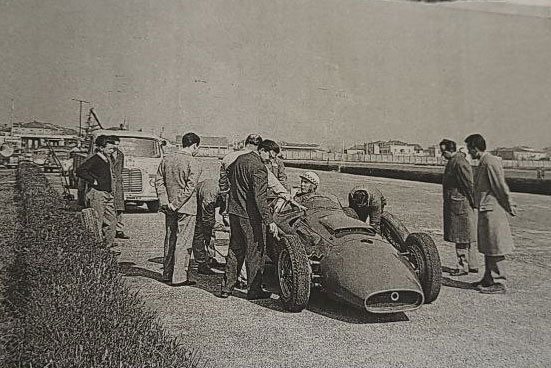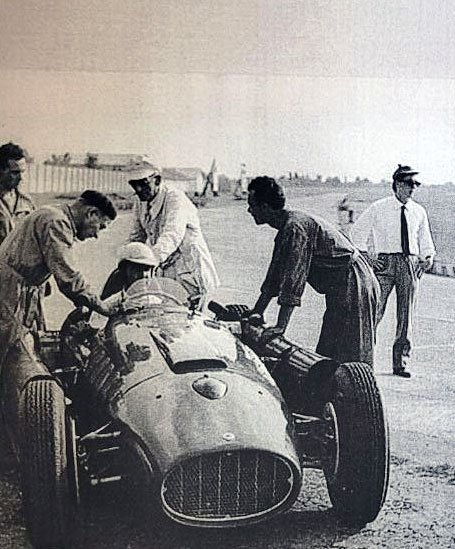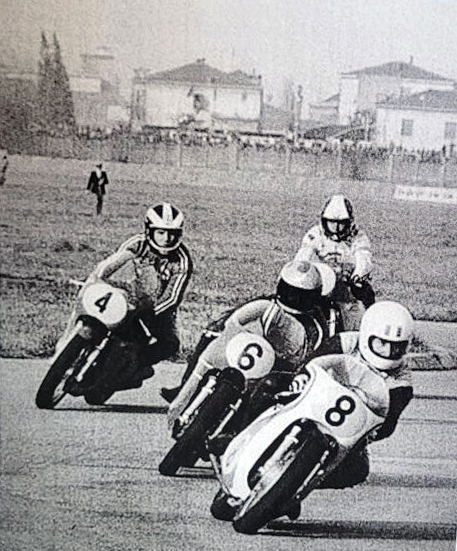Case history
The Autodrome of Modena, inaugurated in 2011 in Marzaglia, has a long history. In Modena already in 1909 the “Record of the Miglio” was disputed in the straight of Navicello (MO). In that first edition there was a boy named Enzo who would dedicate his life to cars and racing, first as a mechanic and then as test driver, driver and sports director of Alfa Romeo and, finally, as manufacturer of the most famous cars in the world: the Ferrari.
The races in circuit, first by road of 12 km in 1927 and “28 (both won by Enzo Ferrari) then citizen in the avenues of the park, however, began in 1934 and ceased in 1947 after a serious accident where 5 spectators lost their lives.
On 7 May 1950, the Aerautodrome of Modena (second only to that of Monza) was inaugurated, consisting of a take-off/landing runway, in the center, and a track for racing cars and motorcycles that revolved around it: a “small Indianapolis” as would be defined to indicate that the public, from the grandstand, could follow the race along its entire track.
For this purpose a partnership was created between Automobile Club and Aero Club of Modena with the presidency of the lawyer Camilla Donati, passionate about cars and vice president of the Aero Club. In the Aerautodrome seven F1 and F2 Grand Prix were played with the participation of all the great champions of the time as Fangio, Mass, Bonnier, Clark.
Ferrari, Maserati, Stanguellini, De Tomaso and many private teams were doing intense testing here.
Not to mention the motorcycling activity (Modena opened the calendar of the Italian Motorcycling Championship with Agostini, Provini, Saarinen, Villa) and aeronautics which had one of the most important flight schools in Italy.
All these activities generated, obviously, the important economic impulse represented by the numerous artisanal enterprises that have contributed to the economic welfare of the city and have born the myth of the “Land of Motors”. For all the enthusiasts, the Aerautodome of Modena was the occasion to see closely Maserati, Ferrari, Stanguellini, De Tomaso, Lotus etc. during their tests and races, driven by the most famous racers in the world. Obviously, also the Raimondi Renzo, Roberto and Romolo were among those who abandoned everything, they went to the racetrack, as soon as they felt the roar of the racing engines.
The automobile activity ended in 1961 by an accident that cost the pilot’s life, Cabianca, and four citizens on the Via Emilia off the circuit.
But someone had not forgotten: in 2011 a group of businessmen revived the thread of history and, with great courage, proposed a new Autodrome of Modena where to revive a useful structure not only to activities related to the world of motorsports, So Modena is still poor in the world, but also to offer manufacturers a suitable structure for all research and development activities and, to the city, a structure capable of playing a social role through demonstrations of various kinds.
The Autodrome of Modena is currently spread over an area of approximately 278000 square meters (which in the coming months will become more than 400000 square meters, to allow a substantial doubling of the structure) in the village of Marzaglia and is managed by the company Aerautodrome Modena S.P.A.
As on all modern tracks, the cleaning of the track, pit-line and pits is considered an important factor for the safety of the riders, also the Autodrome of Modena used immediately a sweeper.
Taking into account the large investments for the realization of the work, initially the cleaning was entrusted to a used sweeper.
“At that time, management decided to buy a RCM mod sweeper. R1250 CITY used but that, after 9 years” – we entrust the A.D. of the Aerautodrome of Modena – “despite being used every day, works well and solves optimally the problems of cleaning of the track and the paddocks.
It was a good purchase and I think that, until we have the new installation with the elongated track, it can fulfill its function”.
Raimondo Raimondi, President of RCM S.p.A. adds: “The R1250 CITY that RCM designed in 1989 is still 99.9% recyclable and was manufactured with the same principles with which we manufacture sweepers/scrubbers today: exactly as current C.A.M. require (Minimum Environmental Criteria):
- Maximum recyclability of materials used
- Maximum length of time
- Maximum ease of maintenance.
Evidently they are characteristics of the DNA that my father Roberto and the uncles Renzo and Romolo, transmitted to the children and grandchildren that now lead RCM.”

